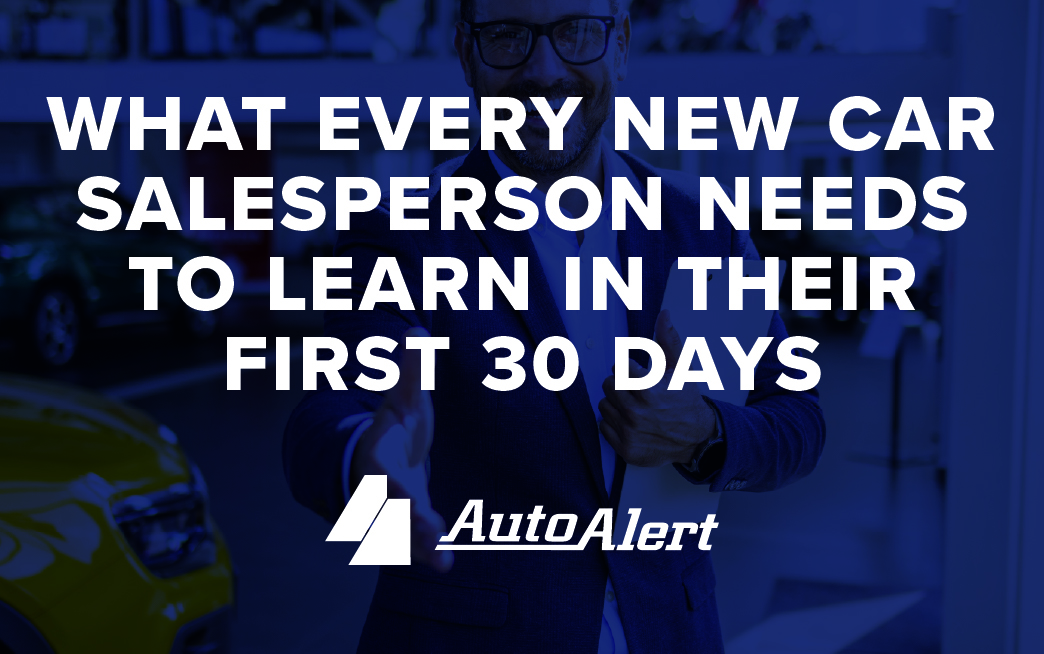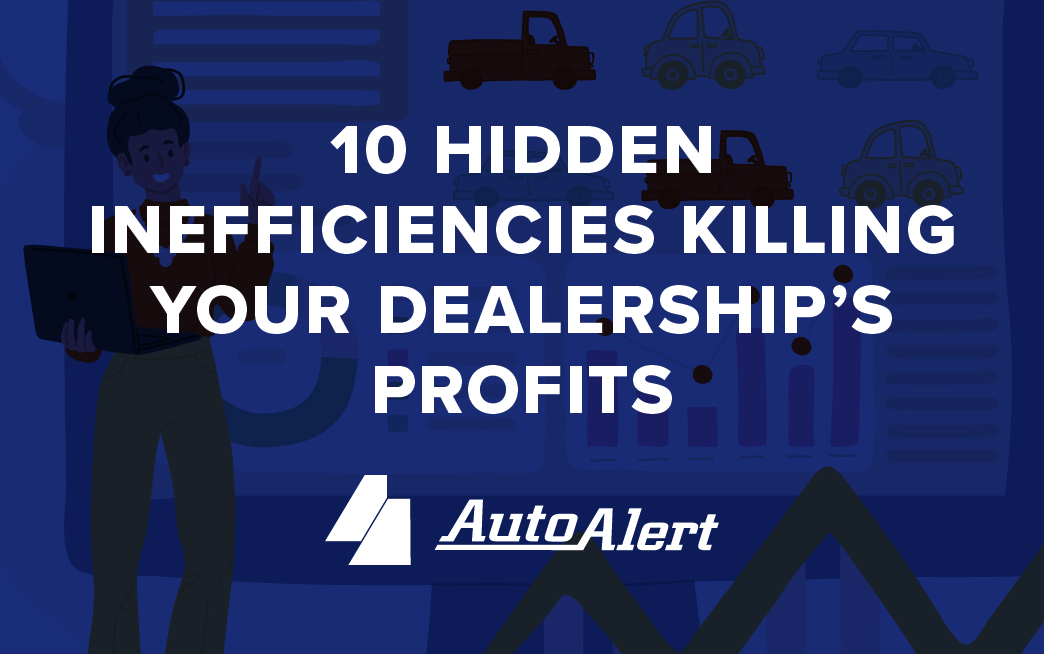

The Blueprint for The Ultimate Dealership Customer Experience
The world of car sales is bustling; competition is fierce, and choices are unlimited. But one thing stands out as a true customer differentiator: the dealership customer experience. From the very first contact with each customer, you can impact how they see your dealership. Customers seek an experience that resonates. It builds a foundation of trust and loyalty. Dealerships aim to thrive in this changing world. Crafting the blueprint for the best customer experience is key.
The customer experience at a dealership is how customers feel after every interaction. This includes exploring the website, visiting in person, and follow-up communication. Your dealership’s behavior affects how customers see you and can determine whether they return or go to a different dealership. Ensure positive interactions with every customer, leaving them satisfied!!
It is important to remember that you must rely on more than vehicle offerings. They alone can’t help you stand out in the marketplace. When choosing between dealers who have the same make and model vehicles, shoppers prefer those known for good service and care.
“A remarkable customer experience is critical to the sustained growth of any business. A positive customer experience promotes loyalty, helps retain customers, and encourages brand advocacy.” HubSpot says it well. They even offer free customer journey map templates to get you started.
Today’s consumers have high expectations when it comes to their customer experience. As a dealership, it is important to make a lasting impact on every customer who walks through your doors. You can’t settle for an okay interaction with your customers; you must strive for great interactions. These interactions are key, from first impressions to final paperwork and everything between.
Streamline Processes
In today’s fast-paced world, time is a precious commodity for customers. Forward-thinking dealerships focus on streamlined processes to offer convenience.
Technology can be used to cut down paperwork and also automate tasks, making the car buying process smooth and efficient. Every step should be easy and fast to ensure a smooth experience. This process respects the customer’s time and makes them happier.
Deliver Value and Service
Car buying is transactional. But dealerships have the chance to create immersive environments, leaving a lasting impression. The layouts of showrooms should be inviting. They should have comfortable waiting areas with amenities. Each touchpoint should reflect the dealership’s commitment to customers.
A welcoming atmosphere in your dealership goes a long way. Offer customer amenities that include refreshments, comfortable seating, and clean facilities. This alone enhances your customer experience.
Boost Employee Engagement to Drive Dealership Success


How much employees engage at your dealership sets the mood. It affects both customers and staff. Engaged employees are more likely to stay committed to their employers. They will remain focused on their goals and dealership objectives.
Have a clear, customer-focused vision that you can communicate with your organization. The easiest way to define this vision is to create a set of statements that act as guiding principles.
If you invest time and resources in building an engaged workforce, your employees will drive your dealership. They will drive it to perform at its best. Work to keep and enrich your culture. Deliver a consistent message that conveys your brand goals. And celebrate contributions.
Know Your Shoppers
To deliver an experience your customers will love, you must first get to know them. You must understand what they’re looking for. Everyone arrives at your dealership with different expectations. This leaves you and your team with some homework.
A data mining platform delivers insightful, up-to-the-minute data that can lead to a knowledgeable team. The team focuses on getting to know every customer. With all these things going for you, your dealership can offer an exceptional shopping experience.
Be sure to dig into all the information available to you and gain as many insights as possible about your customers. After all, the more you know about the shoppers visiting your dealership, the more likely you’ll be able to offer them exactly what they’re looking for.
Provide a Personalized Experience
At the heart of any successful customer experience strategy lies personalization. Gone are the days of one-size-fits-all approaches. Today’s consumers expect tailored interactions that cater to their unique preferences and needs.
Each customer is different. So, while one strategy may work for one, something else will work for the next. Use your team’s skills and create interactions based on individual needs.
Get to know your customers. Tailor their dealership experiences to offer precisely what they need during their purchases. They’ll feel appreciated when you show you understand their needs. This is an example of where proactive data mining tools can be helpful.
Dealerships can use customer data. They can also use advanced CRM systems to learn about individual buying behaviors. Then, they can use the insights to send targeted messages and offers. Personalize the touchpoints. They should have customized product recommendations and financing options. This will forge a deeper connection between the customer and the dealership.
Build Relationships with Customers


Did you know that 92% of customers abandon a company after two or three negative interactions? And one-third of them will walk away after one bad interaction. (PWC) So, dealers must meet customer needs and create emotional connections. To improve the customer experience at your dealership, you don’t need to “wow” them. You need to address their issues and fix them with as little pain as possible.
Don’t underestimate the power of talking to your customers. Too often, dealerships only talk to their customers when the company wants to upsell, or when the customer has a problem.
By talking to your customers and replying, you show them they matter to your dealership. You’ll build strong, long-term relationships that will keep them coming back.
Transparency and Building Trust
Dealerships with transparent pricing, fees, and financing foster honesty and integrity. Avoid hidden costs and surprises to build trust with customers.
Train your staff to know about your vehicles. They should also know about financing and industry trends. Provide customers with accurate information and guidance to help them make informed decisions.
Clear, upfront information empowers customers. It lets them make informed decisions, free from ambiguity or hidden costs. Establishing trust from the start builds confidence. It also sets the foundation for long-term loyalty.
Don’t Be Afraid of Feedback


Today’s consumers respond better to personal touches. These include emails, calls, and text messages when customers opt in. They respond better when they know you’ve gone out of your way to interact with them. Consumer insights are valuable. They give you the info to ask relevant questions about their current situation.
Embrace customer feedback, whether it’s good, bad, or indifferent. All feedback is helpful to you. It lets you reach out and connect with customers and future shoppers. You can even ask customers to identify areas for improvement. Customers will inform you about things they appreciate and areas that could be improved.
When you respond promptly, consumers will notice. Assess and refine your processes to adapt to changing customer needs. Also, don’t forget to take your customer service online.
The Customer Experience Doesn’t End with the Sale
Brands and marketers must stop treating a sale as a “final destination.” They should focus on ongoing interactions with customers. They should do this even after they leave the store. Use available tools to drive engagement at each step of the customer journey.
Stay in touch with customers after the sale. Do this to ensure they are satisfied and to address any concerns. Provide ongoing support, maintenance services, and future purchases or referral incentives.
Turn consumer engagement into an around-the-clock operation. This positions you to go with customers on each step of their customer journey.
The Customer Experience Management Movement


Today, dealerships want better ways to connect with their customers. They also like to give great experiences online and in stores. Successful engagement with today’s customers requires data collection and analysis. That information is useless alone. You need to access and deliver the personalized message from that data.
Embracing technology enhances the auto dealership customer experience. Use online platforms for research and scheduling appointments. Install digital tools for virtual test drives or vehicle customization. Leverage data analytics to improve targeting and personalization.
Today’s car buyers will tell you how they want to talk with you. They need the chance to buy on their terms with a strong online sales solution. Build great experiences by meeting customers where they are comfortable. Deliver a personalized message based on thorough data analysis.
This is customer-centricity. It means making the customer the heart of every touchpoint with them. You also must put the customer at the center of everything you do. Managing your customer’s experience is what gets you and your teams there, and AutoAlert CXM, AutoAlert’s automotive CRM, is a single solution that can be used to achieve true customer-centricity
Focus on these key elements to create a dealership experience that attracts customers and fosters loyalty.
Build Brand Loyalty and Evolve with Your Customers
Positive and memorable experiences at dealerships build repeat business. They also create advocates for your business.
Dealerships that embrace a culture of continuous improvement ask for feedback. They analyze data and refine processes. They stay ahead of the curve and meet their customers’ changing needs.
By staying agile and responsive, dealerships can ensure their blueprint for an excellent dealership customer experience and remain relevant and impactful in a competitive market.



